plant based nanoparticles
To evaluate these pharmacological properties several methods or protocols have been successfully developed and implemented. They are non-toxic have tissue-specific targeting properties and can be mass-produced.
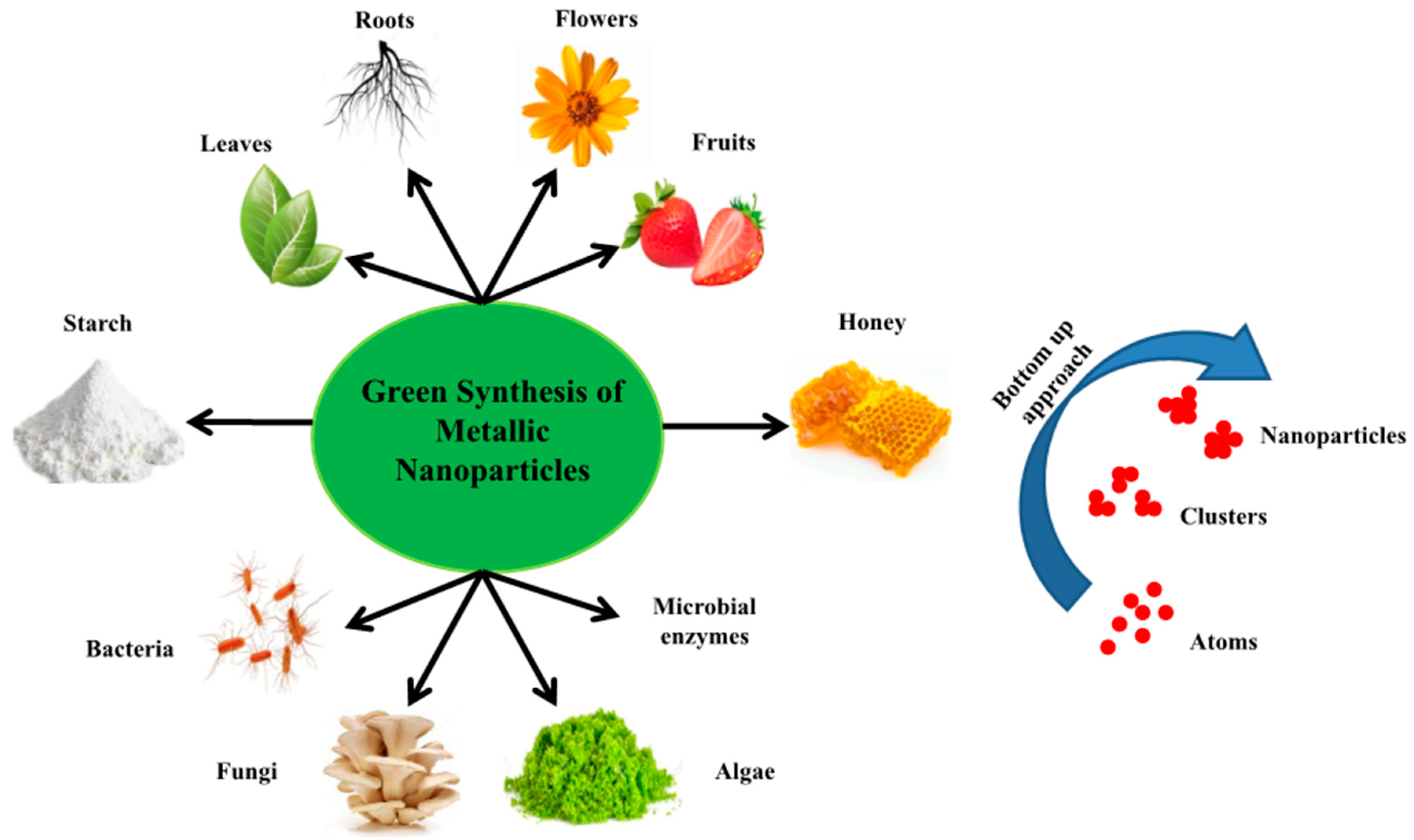
Nanomaterials Free Full Text Flower Based Green Synthesis Of Metallic Nanoparticles Applications Beyond Fragrance Html
Plant Nano Biology aims to assist the scientists via efficient publication of research concerned with the interactions between nanoparticles plants lower and higher and plant associated micro-organisms as well as the resulting impacts on plant growth and development.

. Nanoparticle transport in plants. These nanoparticle-based systems like EVs contain bioactive molecules such as polyphenols known antioxidants and microRNA and they can deliver drugs to specific organs in thebodies. Metallic nanoparticles MNPs produced by green synthesis using plant extracts have attracted huge interest in the scientific community due to their excellent antibacterial antifungal and antibiofilm activities.
Have been utilised for green syntheses of carbon nanotube Table 5. Nanoparticles have enabled the delivery of nucleic acids such as mRNA or small interfering RNA siRNA into mammalian cells paving the way for the clinical use. A team of researchers from Immanuel Kant Baltic Federal University obtained magnetic nanoparticles using sweet flag Acorus calamus.
Plants encompass numerous phytochemicals like flavonoids alkaloids tannins saponins and other metabolites that have a major impact on the generation of nanomaterials with chief implications in current therapeutic methods for a variety of diseases including cancers. Plant-Based Copper Nanoparticle Production. Have been synthesized using plant sources Table 23.
On the other hand chemically produced nanoparticles have several drawbacks in terms of cost toxicity and effectiveness. Several plants like Aloe 89 Orange peel 90 Trapa bispinosa 91 Jinhua bergamot 92 and Sccharum officinarum 14 etc. Plant-derived edible nanoparticles PDNPs are nano-sized membrane vesicles released by edible plants such as grapefruit ginger broccoli and lemon.
Several factors that affect the synthesis and formation of nanoparticles are pH temperature the concentration of plant extract reaction time the concentration of silver nitrate pressure and others 23 24. Metal nanoparticles produced using microorganisms and plant extracts are stable and can be monodispersed by controlling synthetic parameters such as pH temperature incubation period and mixing ratio. Nanotechnology is a fast-expanding and multidisciplinary field with many applications in science and technology.
Plant materials are of particular interest in the synthesis and manufacture of theranostic gold nanoparticles NPs which have been generated using various materials. This mini-review aims at gaining knowledge on basic aspects of plant nanotechnology. Phytoconstituent of the plant act as an excellent reducing and stabilizing agent.
Besides obtained NPs are more bio-compatible than chemical synthesized ones. Plant-based nanomaterials have advantages over other nanomaterials because they are biodegradable biocompatible and generally recognized as safe by FDA. Plant-Assisted Synthesis of Nanoparticles 26.
Both the roots and the leaves of this plant have antioxidant. Their production has been further expanded. Biosynthesized Nanoparticles in Cancer Metals and Metal Oxides The plant-based green synthesis of metal and metal oxide NPs has gained great attention due to their non-toxic non-hazardous cost-effective and eco-friendly properties.
Plant-Based Green Synthesis of Nanoparticles. Nanoparticles have been subjected to intensive research and ever-growing attention due to the fact they demonstrate unique and varied chemical and physical properties regardless of their tiny size 1 to 100 nm and demonstrate vast application potential. ZnONPs may be made from a variety of plant components including flowers roots seeds and leaves.
Remarkably these nanoparticles exhibit a high exciton binding energy of 60 meV and a huge bandgap of 337 eV giving them a wide range of semiconducting properties. Conclusion and Future Prospects. Herbal extracts serve as potential means for the generation of nanomaterial.
Plants and their waste are an important resource for obtaining biopolymers such as proteins polysaccharides and lipids that have the ability to form nanomaterials. Introduction Nanotechnology is mainly related to the design synthesis structural analysis and applications of materials with the sizes less than 100 nm Mohamad et al. While in recent years the enormous progress of nanotechnology in biomedical sciences has revolutionized therapeutic and diagnostic approaches the comprehension of nanoparticle-plant interactions including uptake mobilization and accumulation is still in its infancy.
However further studies are needed to explore theranostic potential of these agents. Production Characterization and Applications Biomolecules. Recently biological nanoparticles were found to be more pharmacologically active than physicochemically synthesized nanoparticles.
Experiments on plant-derived approaches of bimetallic nanoparticles have helped describe novel passages for the production of ranging sizes and morphological shapes of NPs such as cube rhombic dodecahedron tetrahedron octahedron and spherical irregular and crystal-shaped nanomaterials 22. Plant-based nanoparticles are also useful for medical diagnosis and drug delivery. Plant-Based Antioxidant Nanoparticles without Biological Toxicity Here we present a function to derive non-deteriorated nanoparticulated lignin as an antioxidant without biological toxicity that is supplied through the simultaneous enzymatic saccharification and comminution of plants.
Plant-mediated nanoparticles synthesis approaches possess advantages such as the availability of a variety of plant species the presence. Another recently developed option is plant-derived nanoparticles NPs which can be conveniently produced in large quantities at a low cost. Apart from silver gold and zinc oxide other nanoparticles such as lead copper titanium oxide indium oxide selenium platinum palladium etc.
Thus they have great potential for clinical applications.

A Review On Plant Extract Based Route For Synthesis Of Cobalt Nanoparticles Photocatalytic Electrochemical Sensing And Antibacterial Applications Sciencedirect
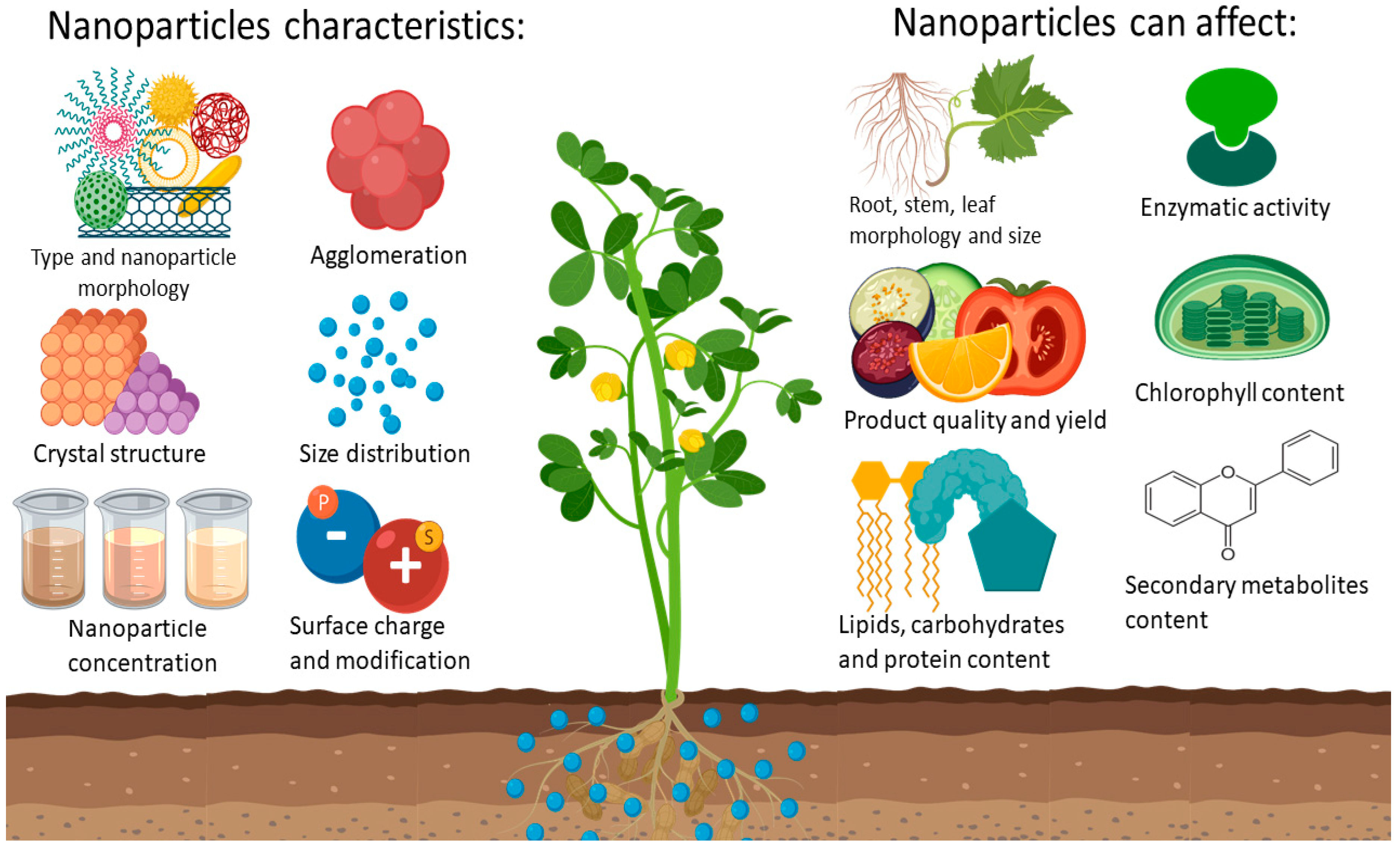
Nanomaterials Free Full Text Nanoparticles In Agroindustry Applications Toxicity Challenges And Trends Html
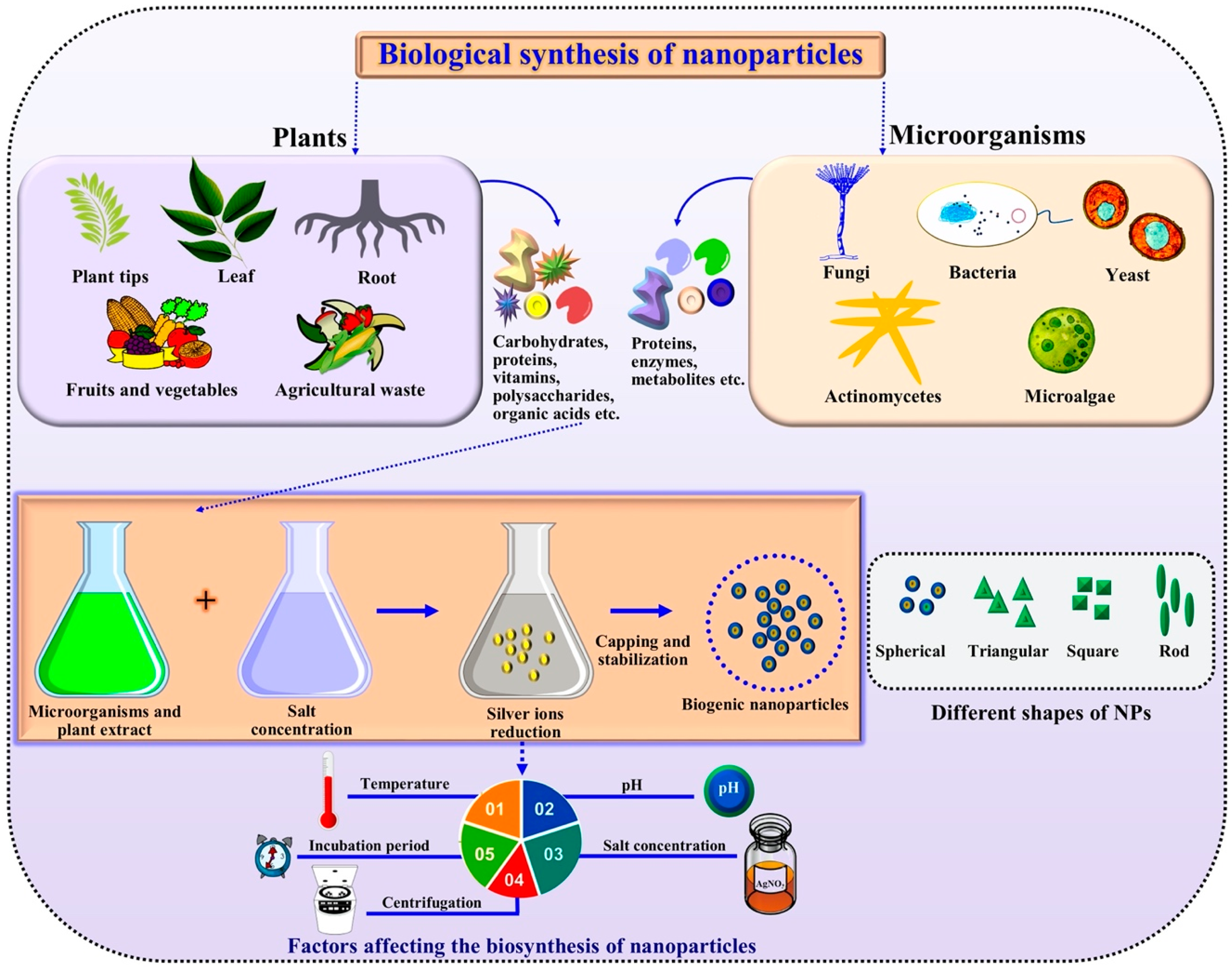
Nanomaterials Free Full Text Advancements In Plant And Microbe Based Synthesis Of Metallic Nanoparticles And Their Antimicrobial Activity Against Plant Pathogens Html

Plant Based Gold Nanoparticles A Comprehensive Review Of The Decade Long Research On Synthesis Mechanistic Aspects And Diverse Applications Sciencedirect

Silver Nanoparticle An Overview Sciencedirect Topics

Nanotechnology And Artificial Intelligence To Enable Sustainable And Precision Agriculture Nature Plants
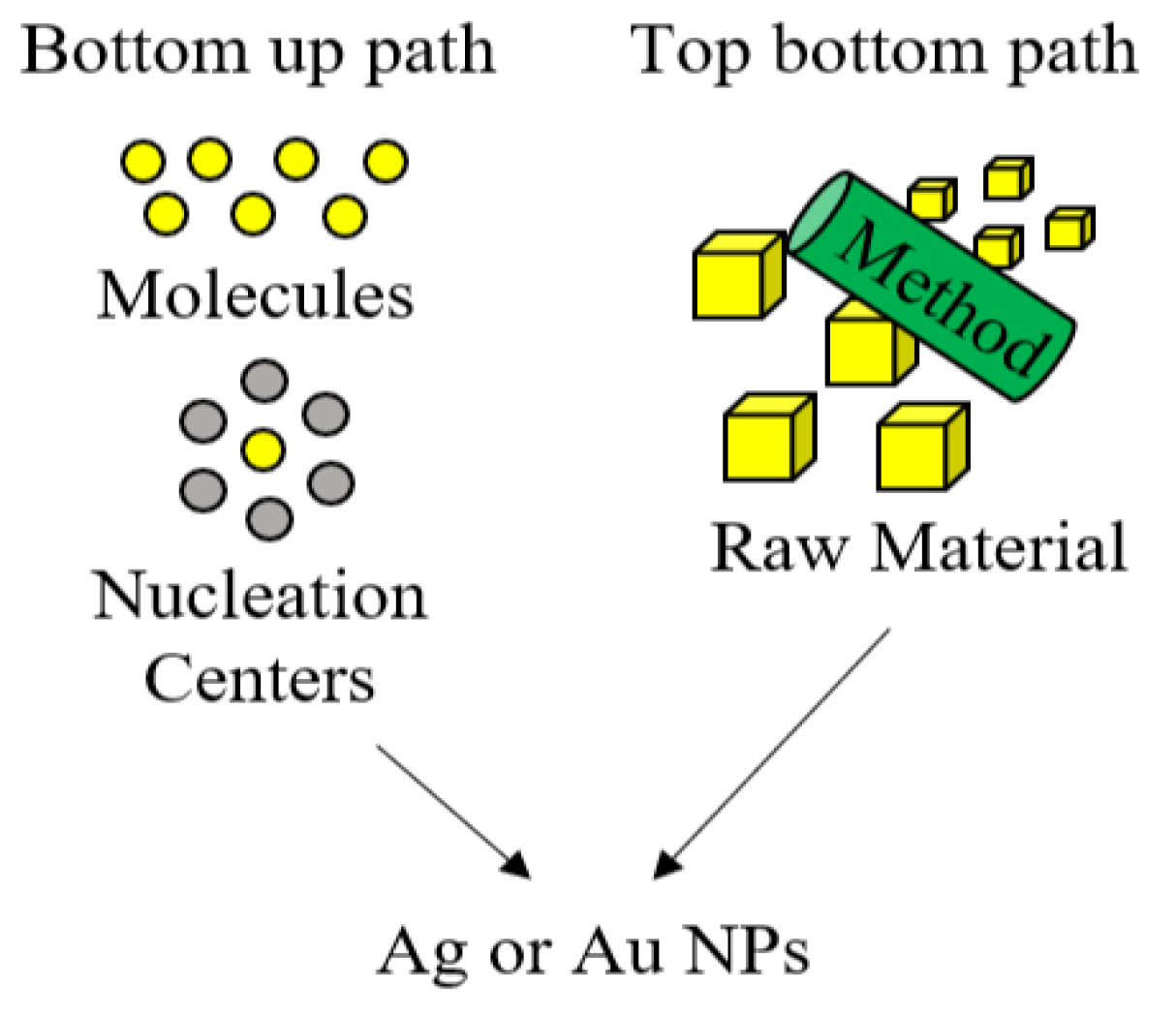
Nanomaterials Free Full Text Green Synthesis Of Gold And Silver Nanoparticles From Plant Extracts And Their Possible Applications As Antimicrobial Agents In The Agricultural Area Html

Green Synthesis Of Metal And Metal Oxide Nanoparticles From Plant Leaf Extracts And Their Applications A Review

Plant Derived Exosome Like Nanoparticles And Their Therapeutic Activities Sciencedirect
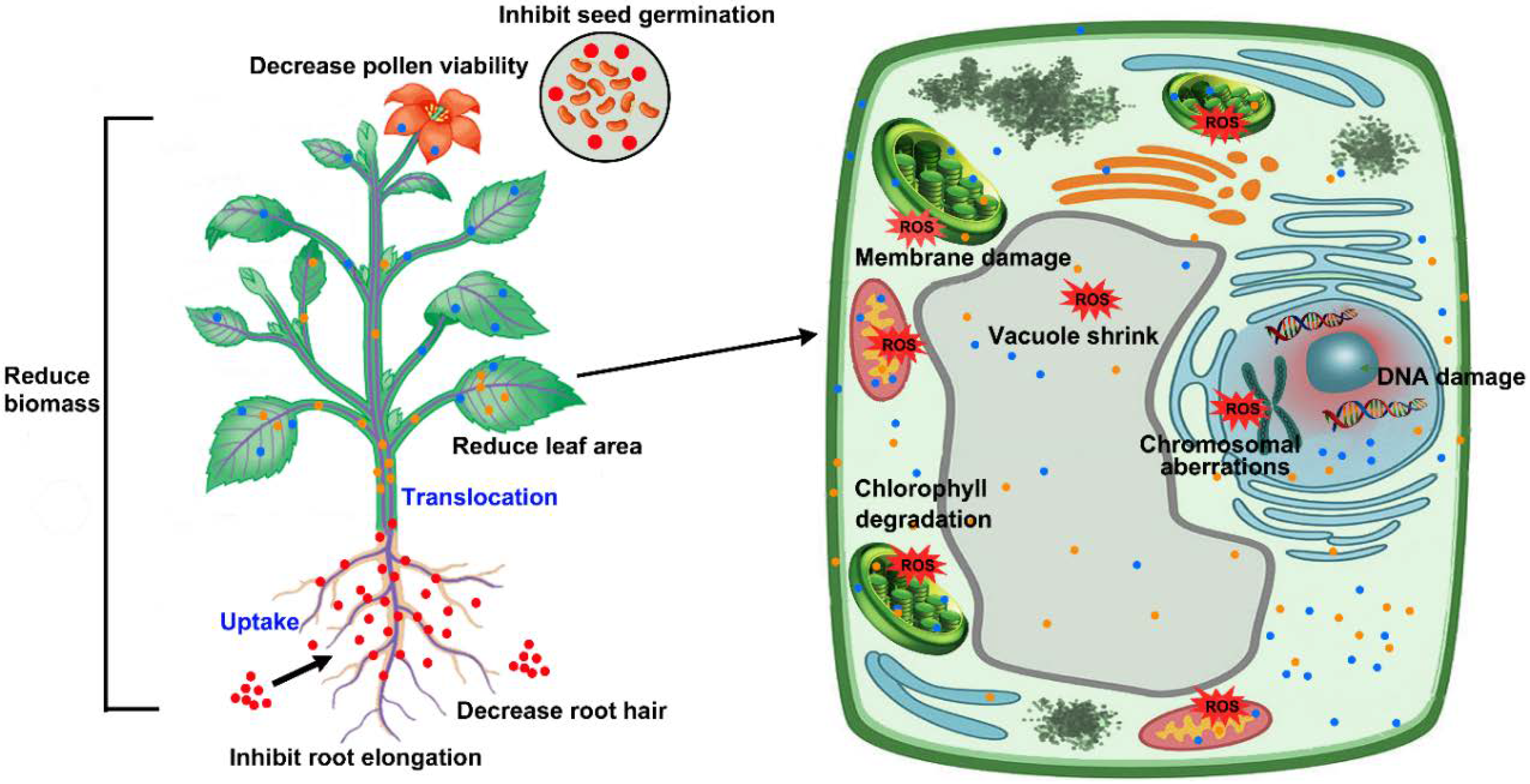
Ijms Free Full Text Impacts Of Silver Nanoparticles On Plants A Focus On The Phytotoxicity And Underlying Mechanism Html

Green Synthesis Of Nanoparticles And Their Biomedical Applications A Review Acs Applied Nano Materials

New Frontiers In The Plant Extract Mediated Biosynthesis Of Copper Oxide Cuo Nanoparticles And Their Potential Applications A Review Sciencedirect

A Review On Plant Extract Based Route For Synthesis Of Cobalt Nanoparticles Photocatalytic Electrochemical Sensing And Antibacterial Applications Sciencedirect

Nanoparticle Synthesis An Overview Sciencedirect Topics

Plant Mediated Green Synthesis Of Metal Based Nanoparticles For Dermopharmaceutical And Cosmetic Applications Sciencedirect
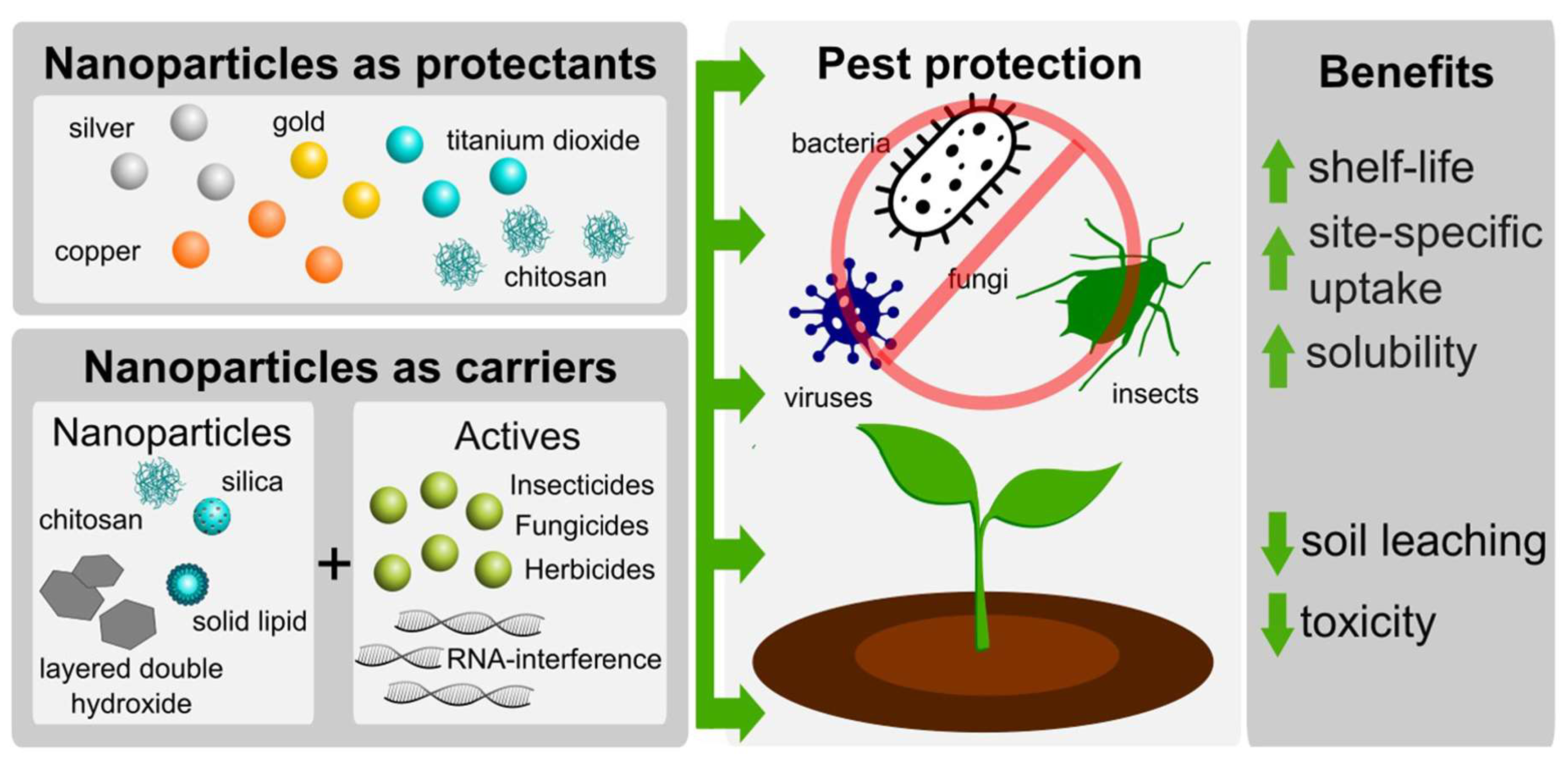
Agronomy Free Full Text Nanotechnology For Plant Disease Management Html

Advances In Plant Derived Edible Nanoparticle Based Lipid Nano Drug Delivery Systems As Therapeutic Nanomedicines Journal Of Materials Chemistry B Rsc Publishing Doi 10 1039 C7tb03207b
Comments
Post a Comment